Real Transformers Now Exist With AI Shape-Shifting Robots
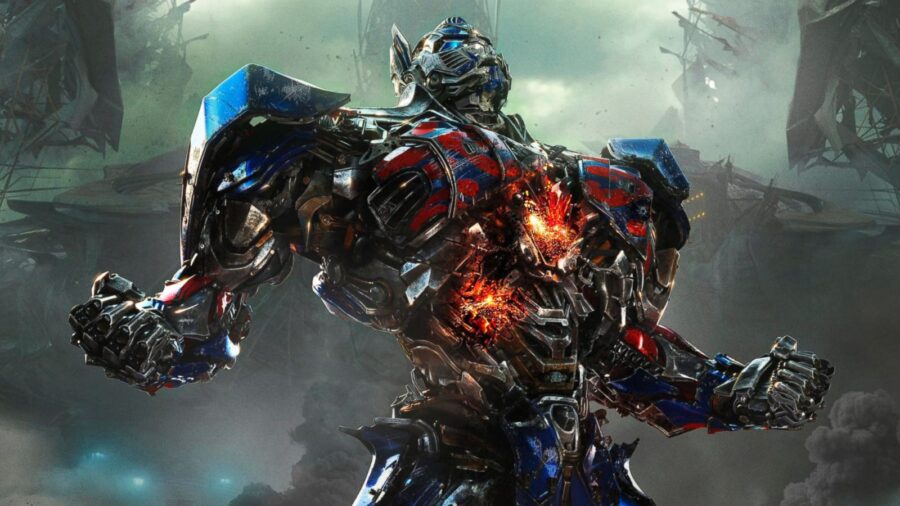
A recent groundbreaking development feels torn straight from the pages of science fiction: researchers from MIT have revealed the world’s first AI-driven shape-shifting robots. In other words–real transformers. Revolutionary machines indeed, these AI-powered robos inspire comparisons to Optimus Prime by altering their forms to perform a variety of tasks; their advent points to a new era in both robotics and artificial intelligence.
They Adapt To The Task At Hand
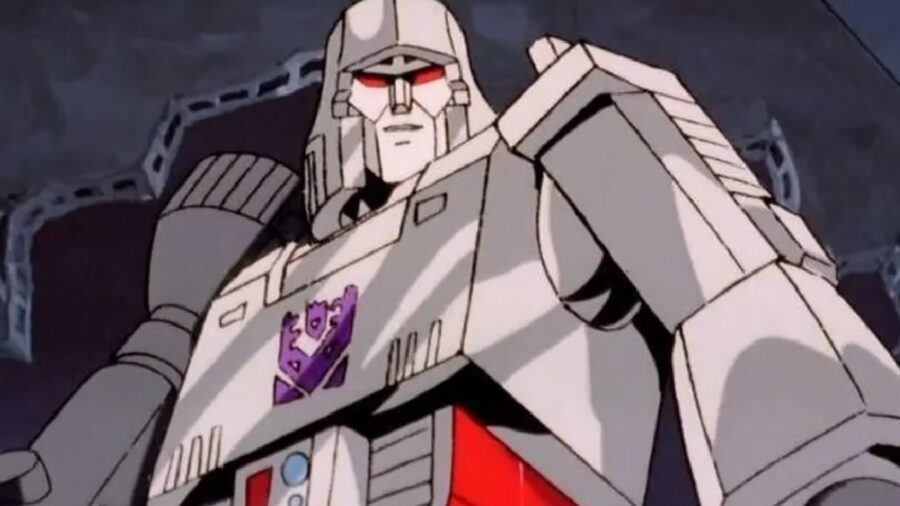
The brainchild of peerless researchers, engineers, and computer scientists, these shape-shifting robots harness the power of deep and machine learning to significantly adjust their form to handle the task at hand. This incredible capability contrasts greatly with traditional, single-shape robots (boring!), typically designed and intended for specific functions, and those alone.
Unmistakably, the shape-shifting real Transformers provide unheard-of versatility and efficiency.
Artificial Intelligence
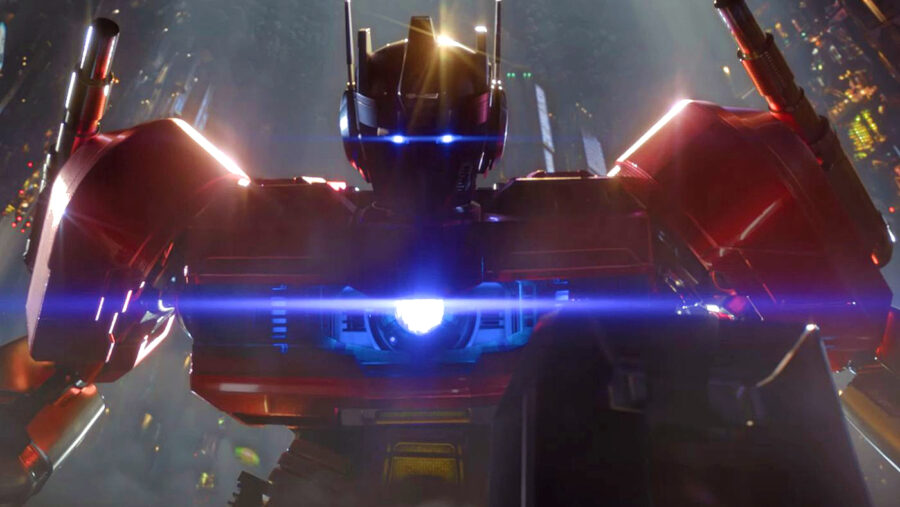
Of course, the milestone achieved by these shape-shifting robots would be impossible were it not for the uber-advanced AI systems enabling them. This system excels at analyzing its environment and determining the most pragmatic shape to assume to accomplish the given task.
To fashion this system, scientists constructed these robots with a singular combination of flexible materials and advanced sensors; powered by this high-tech, the robots can morph their sutures seamlessly.
The project’s head researcher, Dr. Emily Johnson, opined that her team’s trump card was the “integration of advanced AI algorithms with cutting-edge materials science.”
This blend of the very best in software and hardware—a long heralded stage preluding the singularity, at least according to sci-fi—ensures the real transformers handle a variety of tasks while adjusting to diverse environments, including real-time changes therein.
Endless Possible Applications
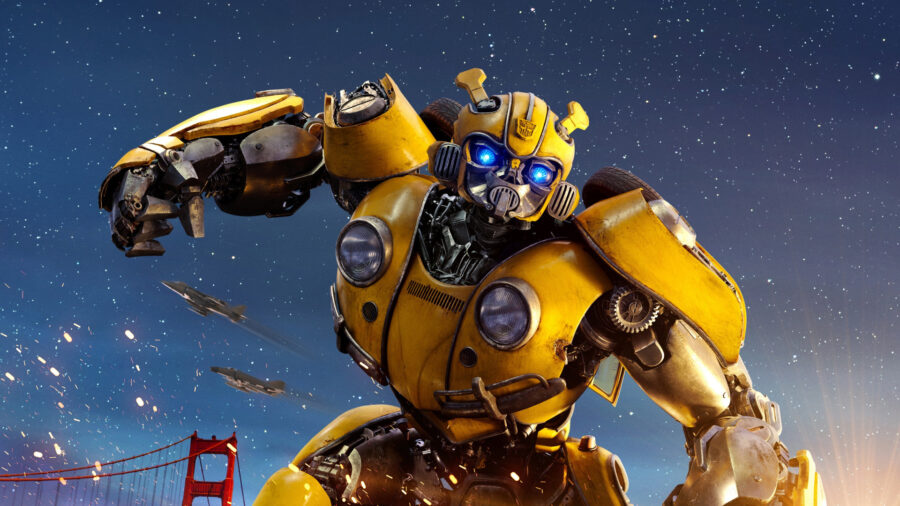
Obviously, the expanse of applications for these AI shape-shifting robots is gargantuan; their potential is as enormous as it is multifaceted. For example, in the industrial sector, the robots could staggeringly advance manufacturing processes by adapting seamlessly to a gauntlet of functions.
Understandably, manufacturers would be happy to dispense with their warehouses of specialized machines in favor of a few shape-shifting, AI-driven powerhouses.
Another instance of their use, healthcare, sees the real transformers lending a hand in surgeries, or delivering medication in intense, applied context s(such as injections), or generally managing to navigate the human body more effectively and reliably than traditional tools and the humans wielding them.
Broadening Our Understanding
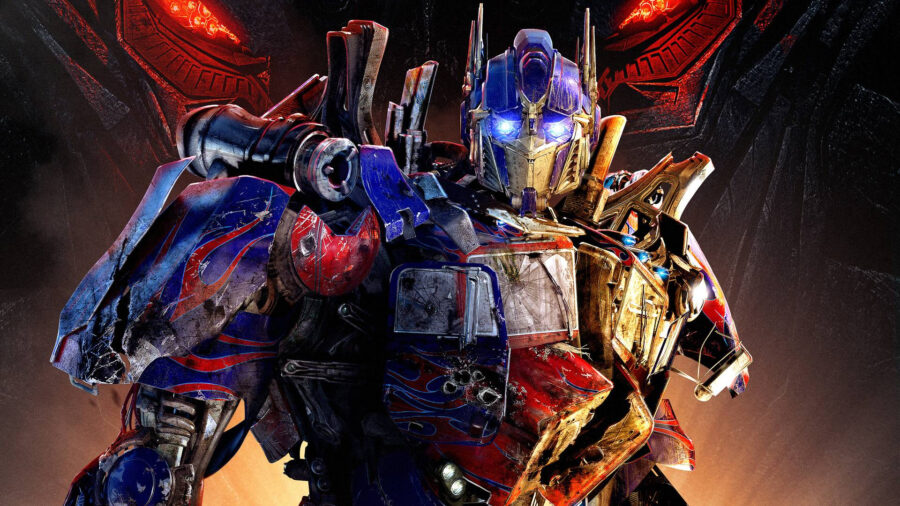
Stepping back and setting practical applications aside, robots also provide opportunities to broaden our understanding of AI and robotics. Researchers evidently stand to garner precious insights into the development and application of advanced AI systems; these gains in know-how will, more likely than not, eventuate further breakthroughs in the field.
However, the promise of these real transformers should not eclipse the problems their introduction could pose. From an engineering, real-world use case perspective, their designs are demandingly complex and necessitate robust, reliable materials. This difficulty alone implies a steep hill to climb before the robots are producible at scale.
Concerns
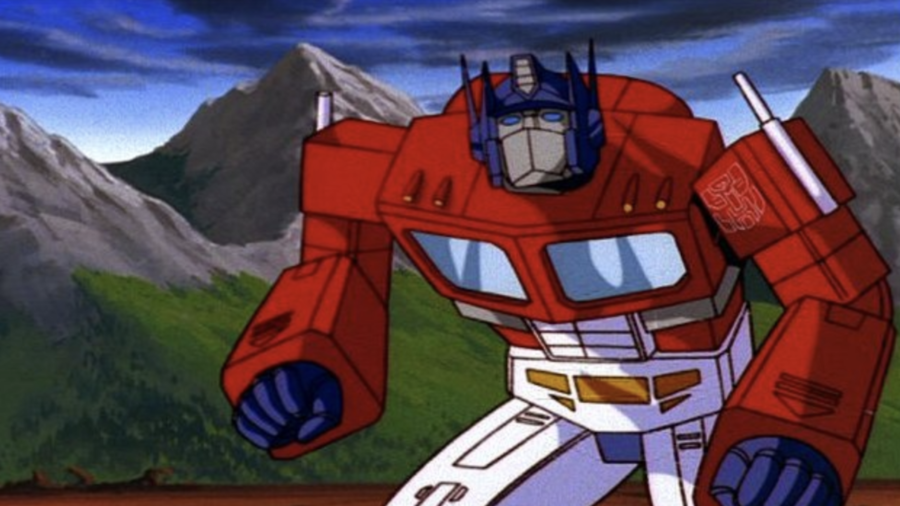
And, of course—this being AI, and AI blended with hardware to boot—the technology raises pressing ethical and security concerns. Before adopting these shape-shifting AI marvels, experts caution addressing the problems they raise thoroughly.
Still, while not dismissing these precautions, it’s nonetheless exciting and incredible to marvel at the arrival of these real transformers.
Source: MIT












